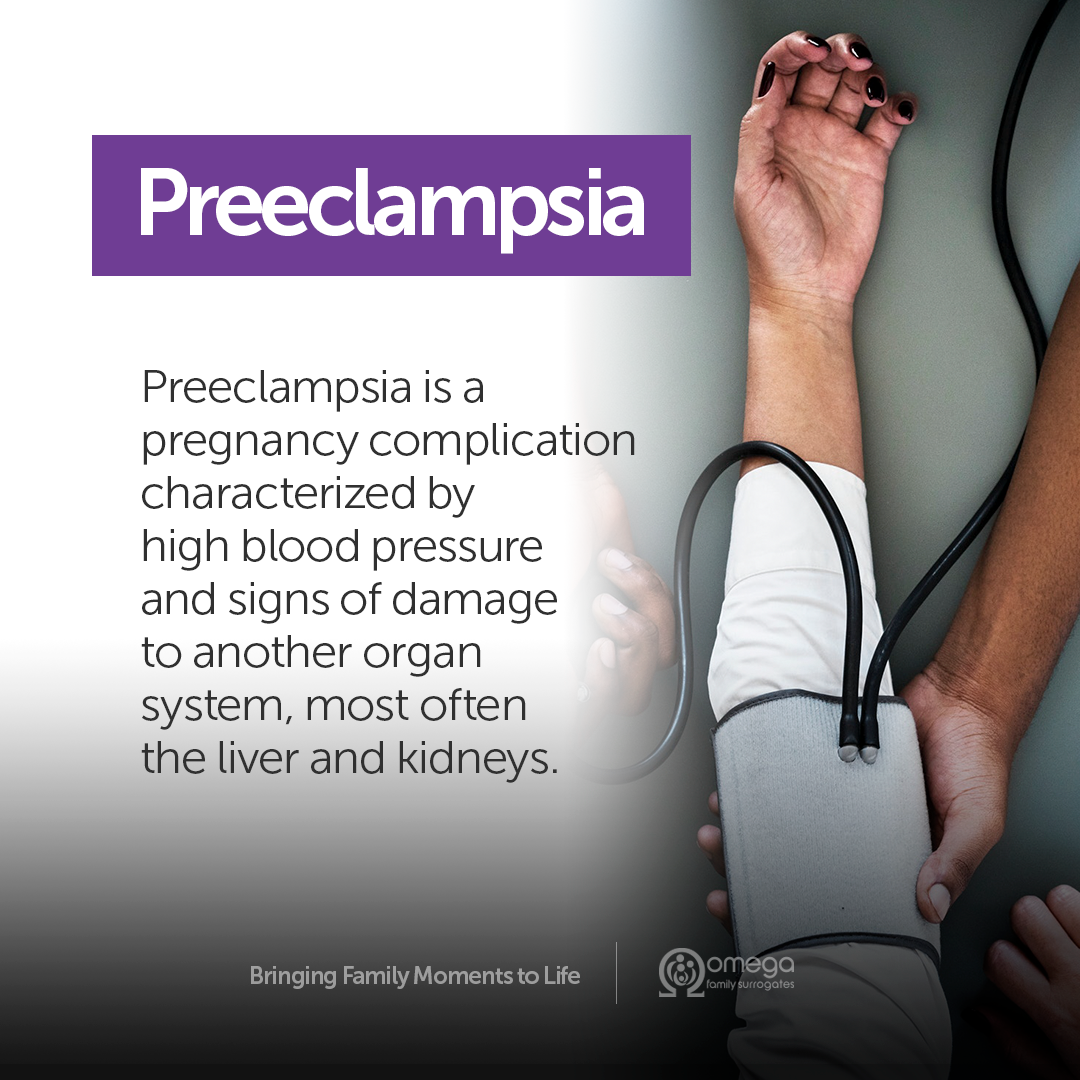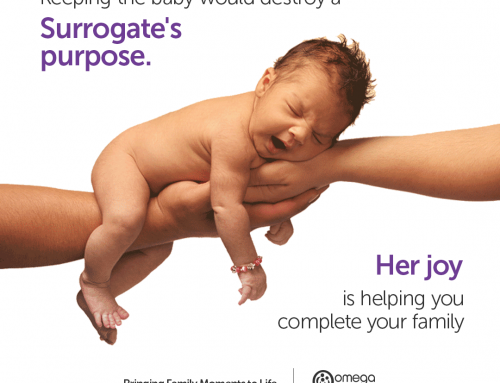Pregnancy Risks
Becoming pregnant and having a child is an experience that not every woman can have. Sometimes, risks present themselves that could endanger the baby and mother. For surrogates, this is no different. Carrying a child for someone else is a noble cause. However, surrogates undergo a medical evaluation to ensure that they are healthy and prepared to carry another’s child.
Preeclampsia
A common risk that women face during pregnancy is preeclampsia. Signs of preeclampsia appear usually after about 20 weeks of pregnancy. If untreated, it can lead to complications, sometimes fatal for both carrier and baby. This condition causes the surrogate’s blood pressure to rise, damaging most often her liver and kidneys.
Treatment
The most effective treatment is delivering the baby, to avoid serious complications for the surrogate. However, the baby may need more time to mature. The situation requires careful timing. The baby’s delivery must occur when it’s able to survive in a neonatal intensive care unit. At the same time, the woman’s internal organs are not yet extremely damaged.
Signs of Preeclampsia
Sudden weight gain and edema (swelling in the face, hands, and feet) is one warning sign of preeclampsia. It’s important to note that many pregnant women have edema, so that may not be a concern.
Other symptoms include:
- Excess protein in urine (proteinuria) or additional signs of kidney problems
- Severe headaches
- Changes in vision, including temporary loss of vision, blurred vision, or light sensitivity
- Upper abdominal pain, usually under ribs on the right side
- Nausea or vomiting
- Decreased urine output
- Decreased levels of platelets in the blood (thrombocytopenia)
- Impaired liver function
- Shortness of breath, caused by fluid in lungs
The first sign of preeclampsia is commonly a rise in blood pressure. There are two things that can be done at this time. First, a pregnant woman should monitor her blood pressure. Second, she should keep regular appointments with her doctor. She should contact her doctor immediately or go to an emergency room if she has a severe headache, blurred vision or other visual disturbance, severe pain in the abdomen, or severe shortness of breath.
Body Mass Index (BMI)
A requirement for becoming a surrogate is a Body Mass Index (BMI) 30 or lower. Calculate your BMI here. One reason for this is that an overweight woman has a higher risk of preeclampsia. In fact, obese women are 2 to 4 times as likely to have preeclampsia compared to women with normal BMI.
Omega Takes Care of You
Omega Family Global is aware of how preeclampsia can affect both the surrogate and the intended parents’ baby. Surrogates are closely monitored by their surrogate support team members to make sure they remain healthy. All those involved in the journey do everything possible to ensure that we all contribute to bringing family moments to life.
Note more information on preeclampsia: published by the Mayo Clinic and/or the Biomedical Center. Omega recommends talking to your doctor if you would like more information.




